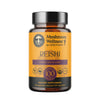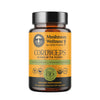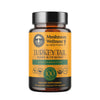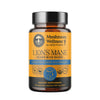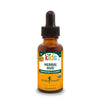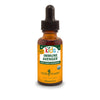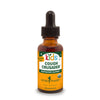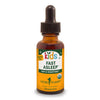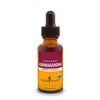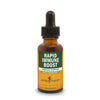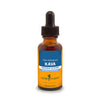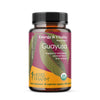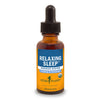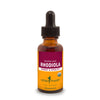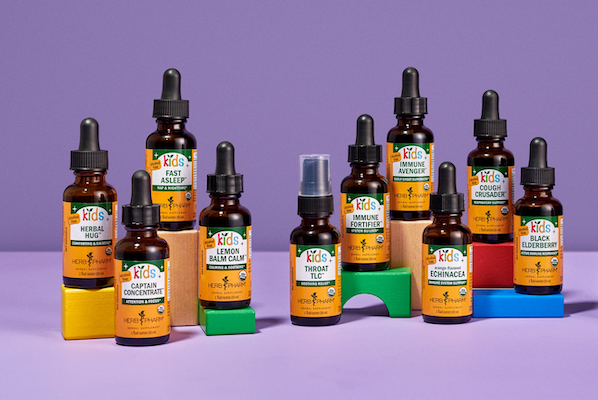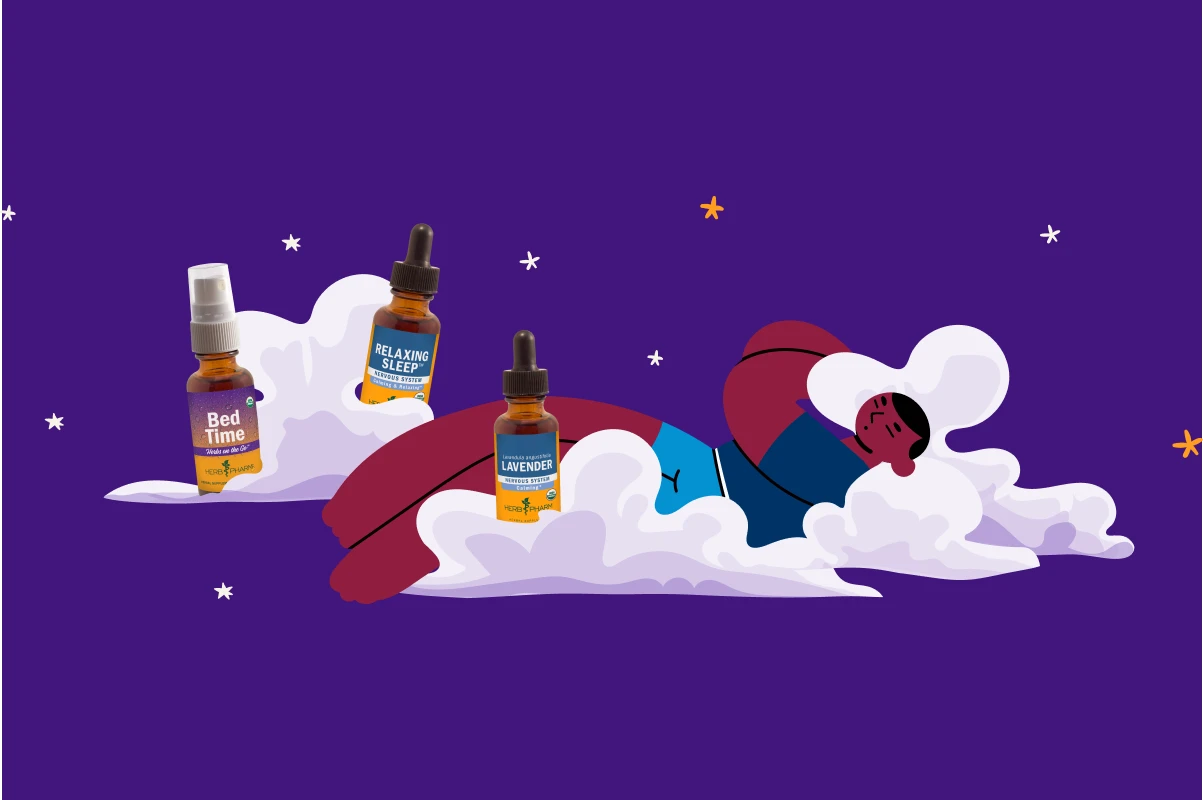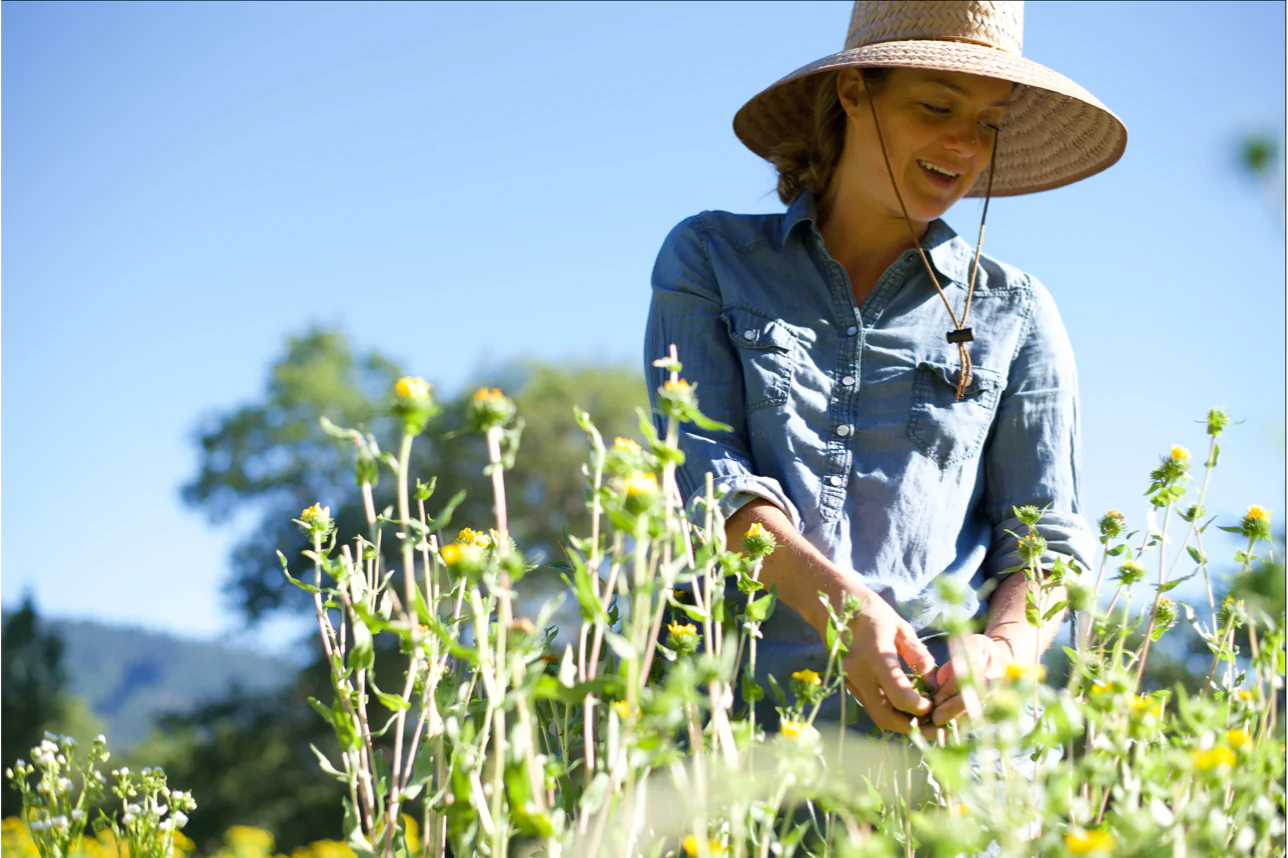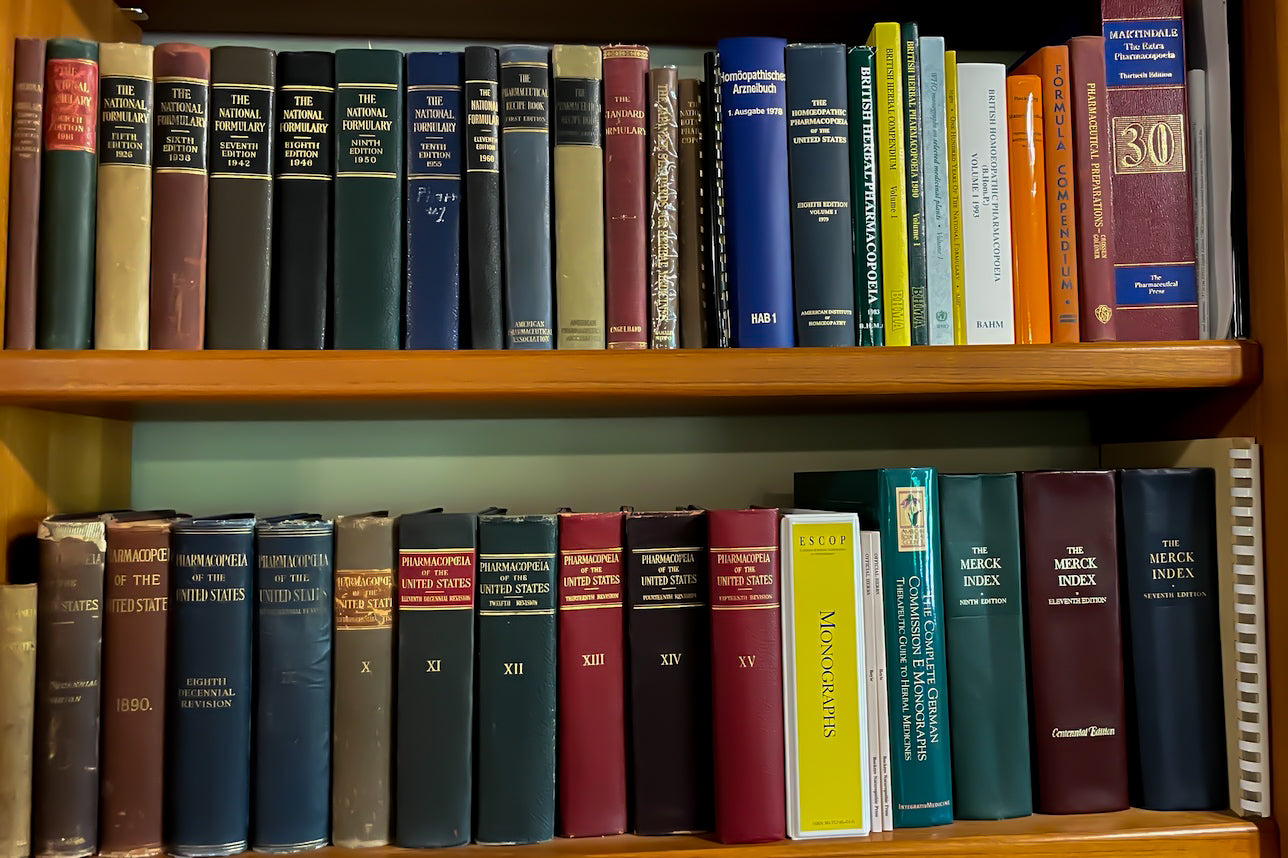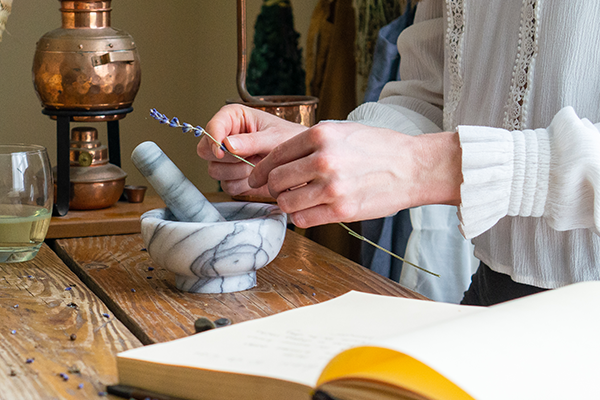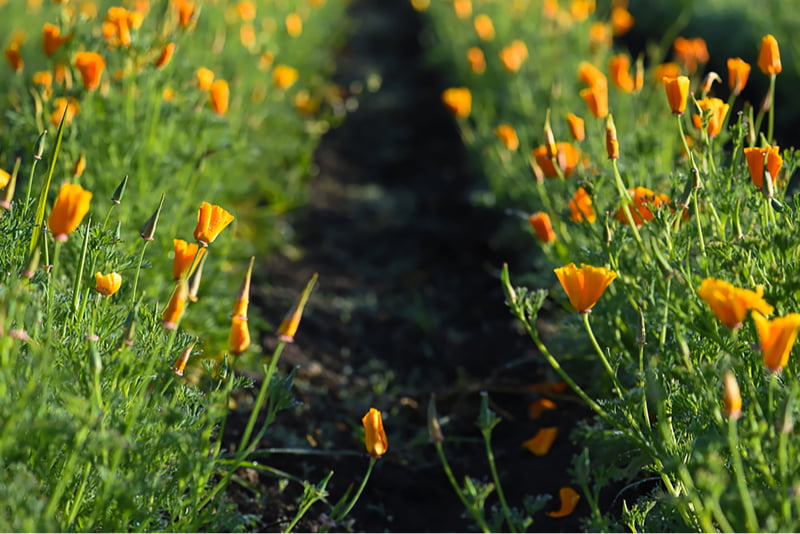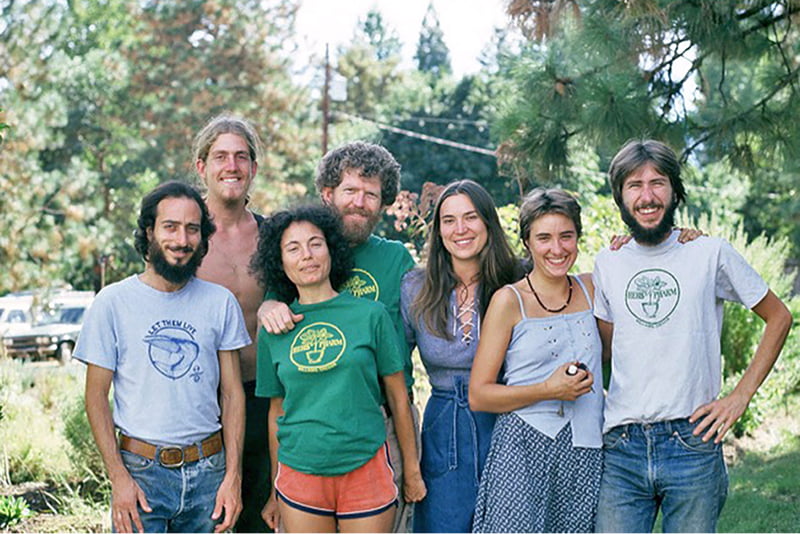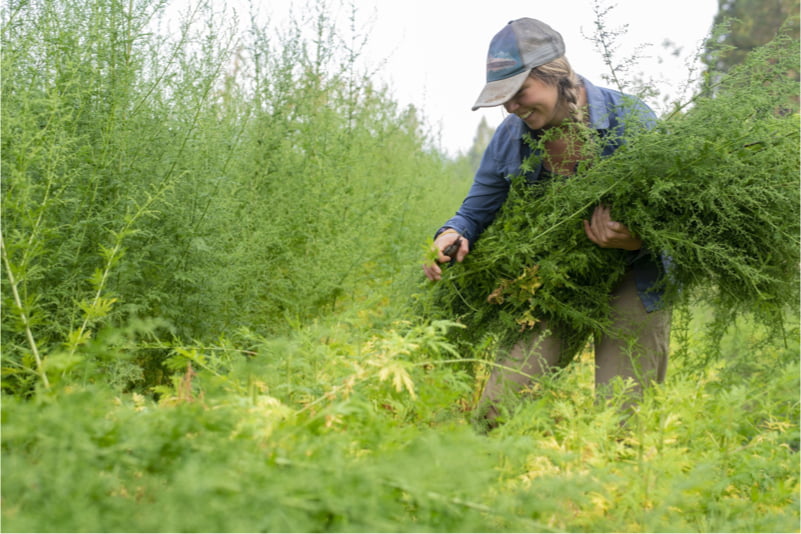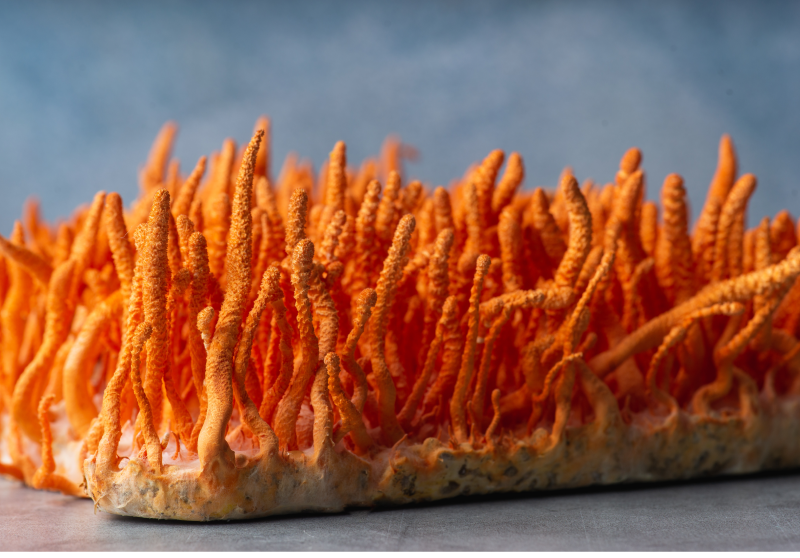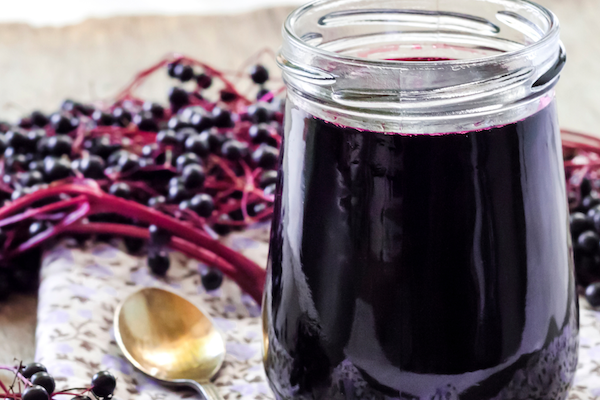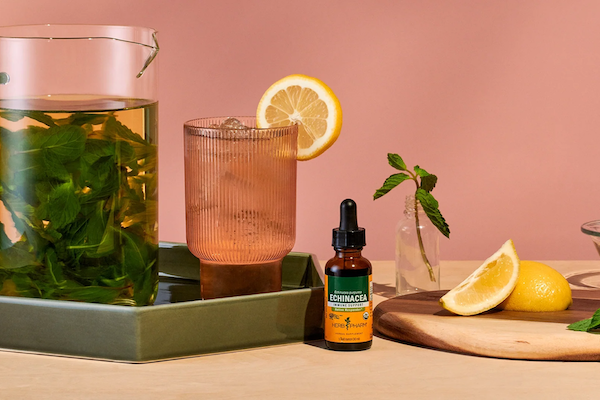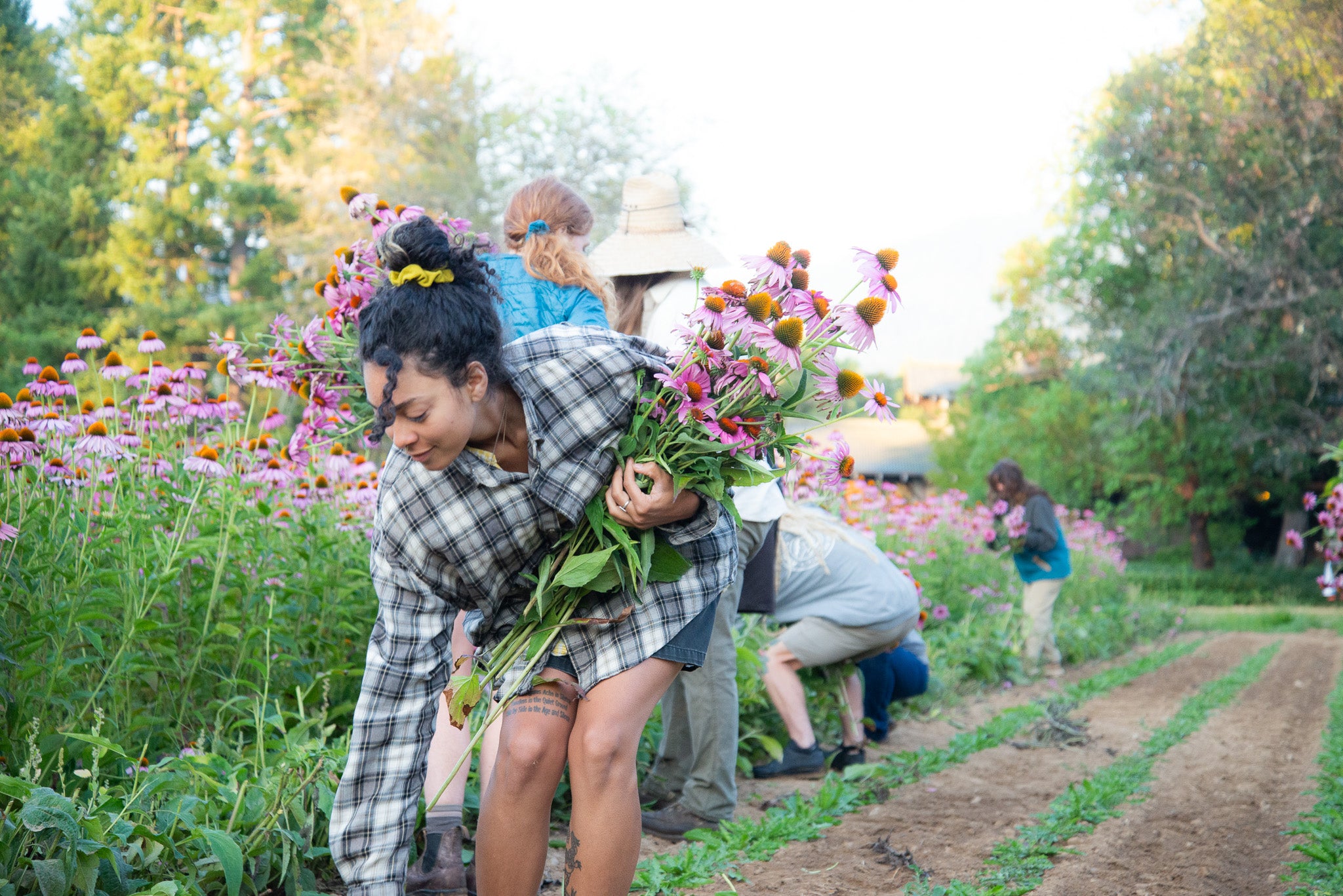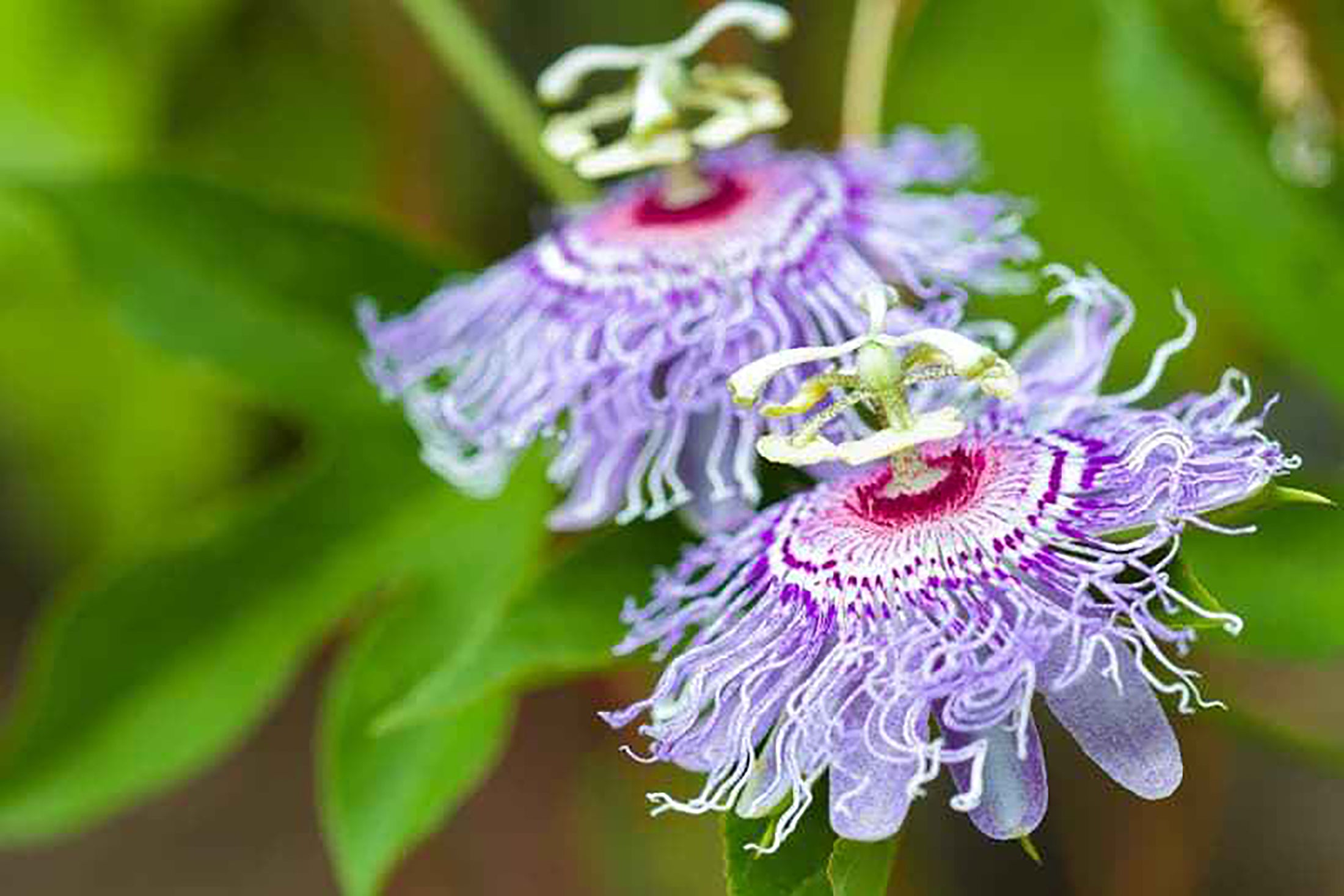Lavender is native to the northern and western Mediterranean.3,6 The plant has been introduced in New York and Vermont.2 It is also cultivated on a large scale in Bulgaria, England, southern Europe, Russian Federation, the former Yugoslavia and the United States.4,11
While its leaves are evergreen and remain year-round, the herb’s flowers bloom from July to September, while in August to October the seeds mature.3 Pollinated by butterflies, bees and moths, it also attracts other forms of wildlife with its characteristic aromatic scent.3 The plant is said to be a fine honey source.8
The plant prefers full sun with dry or moist, warm and light sandy soil but can grow in most, except very acidic soil.3 It is drought and maritime tolerant with the ability to thrive in alkaline (basic) and salty soils.3 It often grows in hedges and garden beds (just not north-facing spaces).3 Rich soils lead to a leafier plant with reduced essential oil content.3 The shrub does not do well in wet, water-logged conditions, and it can be damaged by frost and strong winds.8 To make the plant condensed and bushy, prune the plant in the first year before it flowers to help it grow lateral shoots.8 Harvests are expected in the second through fifth year and should be done in the morning or evening on warm, dry days to retain the plant’s volatile oils.8
The well-known aromatic herb is often grown as an ornamental in containers, herb gardens, rock gardens, alpine gardens, as a border and as ground cover.3 In the garden, companion planting with cabbages works well, and it can be grown along with most other plants.3 The stems are well-suited as cut or dried flowers.3 In the garden, Lavender is a short-lived plant and should be replaced approximately every 10 years.3 The plant should be pruned every spring to ensure new growth that is cold hardy by fall and winter.3,8
This herb is utilized in herbalism, aromatherapy and on a large scale in cosmetics.6 All parts of the plant bear the characteristic scent.8 In modern times, some internal use of Lavender tincture and tea are still used, but topical application, perfumery and aromatherapy are most common.8
Lavandin (Lavandula x intermedia) is the primary crop that is commercially grown in the Mediterranean and eastern Europe. It is a hybrid of English Lavender (L. angustifolia) and Broad-Leaved Lavender (L. latifolia).6 French Lavender (L. dentata) and Spanish Lavender (L. stoechas) are other common cultivated plants of economic importance of a different species than the Lavender used in herbalism.6 It has been said that English Lavender has a more delicate and aromatic scent than French Lavender.8
The parts of the plant used in herbalism are the dried flower tops, as well as the fresh immature flower spikes distilled for essential oil prior to blooming.6,8 Other sources note that higher concentrations of the essential oil (0.8% to 1% yield) are better acquired when the plant is grown in chalky soil and the flowers have slightly waned after a hot, dry season.3,8 Regardless, nature always has its own plan, and essential oil yield can vary depending on the plant’s age, sunlight leading up to distillation and weather.8 It has been said that sometime between June and July, the oil glands are so full that they are visible on the flower spikes on a sunny day and described as “tiny oil globules shining like little diamonds.”8
Due to the concentration of essential oils, a vast amount of the plant material is used to create a small amount of product. Because of this, essential oils should be used sparingly, and it explains their higher cost than other forms of herbs. At an old English market, it had been analyzed that 16 ounces of Lavender essential oil was made from 60 pounds of flowers.8
The steam-distilled essential oil is known to be used in perfumes, eau de cologne, soap making, cleaning products and insect repellent.3 Once the flowers are removed and the stems stripped of leaves, the sticks can be bound and burned as incense.3 Lavender leaves and flowers are commonly added to baths for a pleasant soak.3
This common household herb’s raw leaves, petals and flowering tops can be ingested and in olden times were used to flavor dishes as a condiment.3,8 Lavender conserves were said to have made an appearance at the dinner table.8 The herb is often drunk as a tea with the fresh or dried flowers, but also utilized as a flavorful and fragrant addition to soups, salads or stews.3 It has also been historically used as a flavoring for ice cream, jam, vinegars and more in either fresh or essential oil form.3
The dried flower tops are also used for potpourri and sachets.6 It is also often used to deter insects as they find the scent unfavorable.8 For example, in a linen spray as a preventative against moths or in cleaning products to ward off mosquitoes and flies.8
The common name Lavender, comes from the Latin word lavare, meaning “to wash” as the Spanish plant (L. stoechas) was used by the Libyans and Romans in classical times to perfume their baths.8 In olden times, Lavender was used as a strewing herb on the dirt floor of homes to repel insects and mice, as well as add fragrance to homes or churches for joyous celebrations.3,8 It has also been used for bonfires to ward off evil spirits on St. John’s Day.8 Spanish Lavender (L. stoechas) is said to be one of the original ingredients of the legendary “Four Thieves” vinegar.
In England, the first recorded cultivation was in 1568 and the plant was also written of in Shakespeare’s poems.8 It became a fast favorite and was taken to the New World with the Pilgrims.8
Nicholas Culpeper, a 17th century English herbalist, botanist, physician and astrologer, wrote of Lavender being associated with the planet of Mercury.7 Within his use in herbalism, he described different forms of how to take the herb: the flowers infused into wine and bathed in, decoctions used as a gargle and the distilled water from the flowers ingested or applied topically.7 Dioscorides, a 1st century Greek physician and herbalist, also noted a Lavender infused wine called “stoechadites” in his herbal, De Materia Medica, that was prepared with French/Spanish Lavender (Lavandula stoechas).9
In the late 17th century, a popular formulation was made with fresh Lavender with almost 30 other ingredients, such as Betony, Sage and Rosemary and Cinnamon distilled with French brandy.8 Cardamom, Mace and Nutmeg were infused into the spirit and macerated for a full day.8 Then other herbs and materials such as Saffron, Red Roses, ambergris and musk were infused into the wine for color and scent.8 This compound was mixed into Black Cherry juice, Florence or Canary wine, milk or sugar water and was utilized for more than 250 years for a variety of uses.8
The Eclectics noted a concoction called Compound Spirit of Lavender or Lavender Drops, that was comprised of the essential oils of Lavender, Rosemary, Clove, Nutmeg, Saigon Cinnamon, and Red Saunders (red Sandalwood) mixed with wine and water that was used topically and internally.8,10 Other practices of the time include the essential oil used in veterinary medicine and it was also used to embalm human corpses.8 It was common in French households to keep Essence of Lavender on hand for both internal and external uses.8 It has been said that the lions and tigers in the Zoological Gardens in Britain become tame when smelling Lavender Water (a concoction made from the essential oil, musk, wine spirits and sometimes rosewater and orange-flower water).8 Another popular preparation was Lavender vinegar made with rosewater and jasmine flowers, that was used as an aromatic cosmetic vinegar.8
